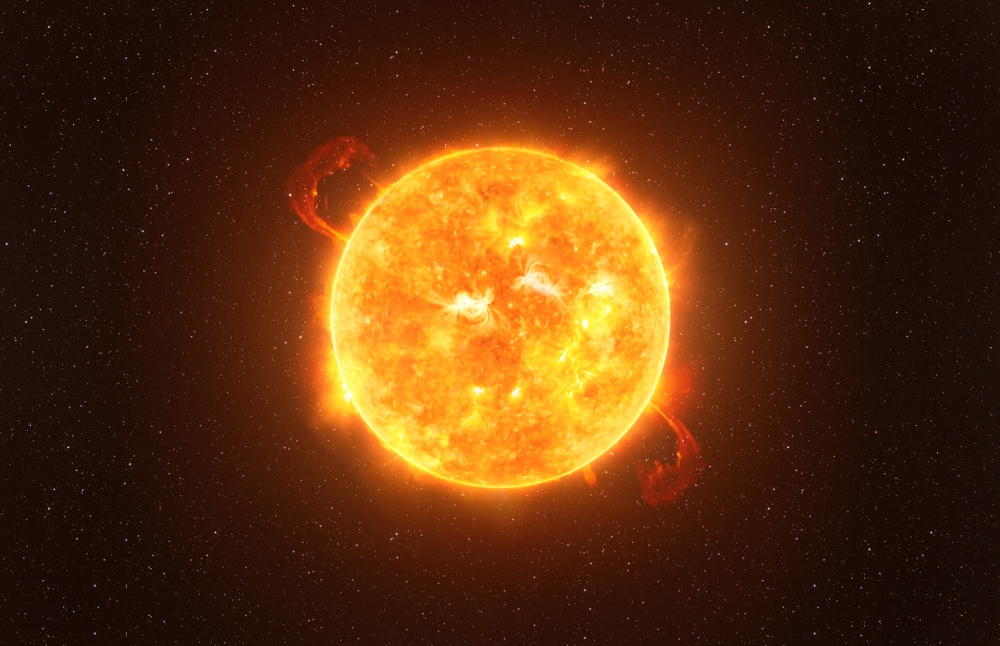During this historic flyby, the probe traveled at a staggering 430,000 mph (692,000 km/h).
Others are reading now
Exploring the Sun is one of humanity’s most ambitious scientific pursuits.
Understanding the behavior of Earth’s nearest star can help scientists uncover the mechanisms driving solar activity and its effects on our planet.
NASA’s Parker Solar Probe, launched in 2018, is leading this effort, recently achieving its closest approach to the Sun to date.
Also read
Record-Breaking Pass
The Parker Solar Probe flew just 6.1 million kilometers (3.8 million miles) from the Sun’s surface on December 24.
This record-breaking pass brought the spacecraft into the Sun’s outer atmosphere, known as the corona.
During this historic flyby, the probe traveled at a staggering 430,000 mph (692,000 km/h) while withstanding temperatures of up to 982°C (1,800°F).
NASA confirmed the spacecraft’s safety late on December 26 when its operations team at Johns Hopkins University received a beacon signal. Detailed telemetry data from the probe is expected to arrive by January 1.
The Parker Solar Probe uses gravity assists from Venus to gradually tighten its orbit around the Sun. This method has allowed the spacecraft to reach unprecedented proximity to the solar surface.
The mission’s primary goals are to study how solar material in the corona is heated to millions of degrees, track the origins of the solar wind, and understand how energetic particles accelerate to nearly the speed of light.
“These close encounters allow the Parker Solar Probe to gather data that will help scientists unravel key mysteries about the Sun,” NASA said.
The spacecraft’s instruments are designed to measure magnetic fields, plasma, and energetic particles to shed light on solar processes that have remained elusive for decades.
The mission also has practical implications for Earth. By improving knowledge of the Sun’s activity, scientists aim to better predict space weather events that can disrupt communication systems, satellites, and power grids.
With each pass, the Parker Solar Probe moves closer to the Sun, providing data that could revolutionize understanding of the solar system.


